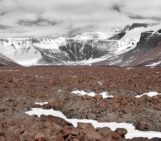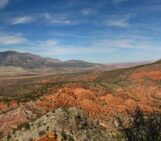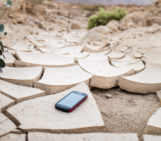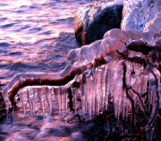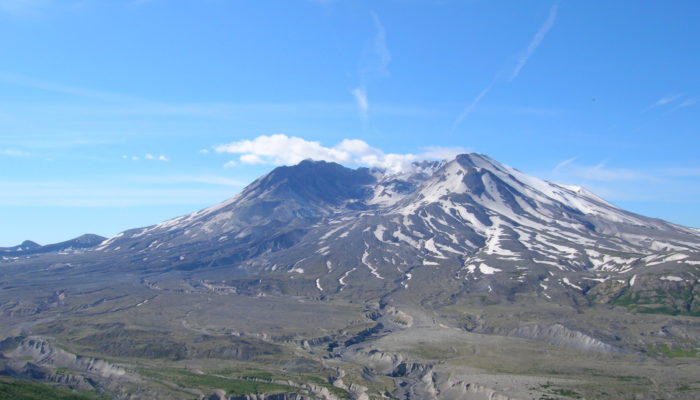
Today marks the 40th anniversary of the explosive eruption of volcano Mount St Helens, in western Washington State in the USA. So we wanted to feature this iconic volcano in this week, in our weekly feature, Imaggeo On Mondays. If you would like your imaggeo image featured in our blog, please contact the EGU Communications Officer.
Mt St Helens, in Washington State USA, is possibly one of the world’s most famous volcanoes as it’s eruption on May 18th 1980 was one of the first explosive volcanic eruptions to be extensively covered by the US and therefore global media. The eruption also altered volcanology as a field; as the lateral (or sideways) eruption and subsequent debris flow that devastated the area around the volcano and took the lives of 57 people, including the USGS volcanologist Dave Johnston who was observing the eruption, were almost entirely unexpected.
Of course the violent nature of the volcanoes that exist all through the Cascadia region of western Washington State is not a surprise to the native Americans who have lived in the area for generations. You only have to look to the names of the volcanoes to see that; for the Puyallup people this volcano is called Loowit, or Loowitlatkla, which means the ‘lady of fire’, and many stories exist of her restless and destructive nature (along with that of her two suitors – Mt Hood and Mt Adams).
Following the 1980 eruption a huge crater was left on the flank of the volcano as evidence of that fateful day, but even now the volcano is active: refilling the crater once again. The most recent eruptive phase (at the time of writing) ended in 2008, but the lady of fire has not relinquished her flames just yet and no doubt will start building the crater dome again soon.
Description by Hazel Gibson.
Imaggeo is the EGU’s online open access geosciences image repository. All geoscientists (and others) can submit their photographs and videos to this repository and, since it is open access, these images can be used for free by scientists for their presentations or publications, by educators and the general public, and some images can even be used freely for commercial purposes. Photographers also retain full rights of use, as Imaggeo images are licensed and distributed by the EGU under a Creative Commons licence. Submit your photos at http://imaggeo.egu.eu/upload/.

